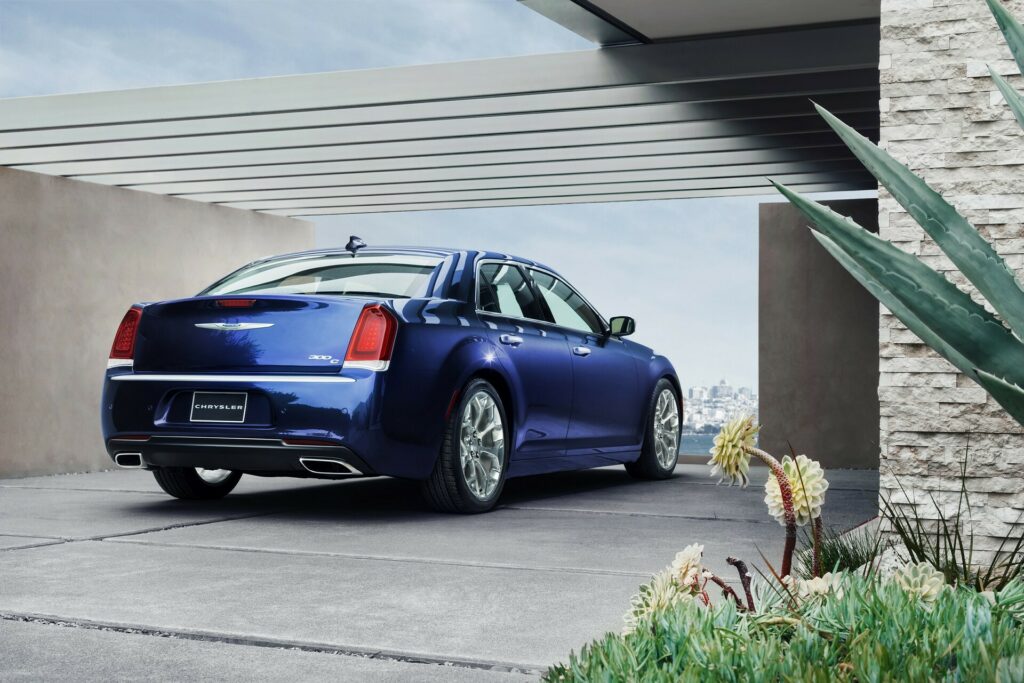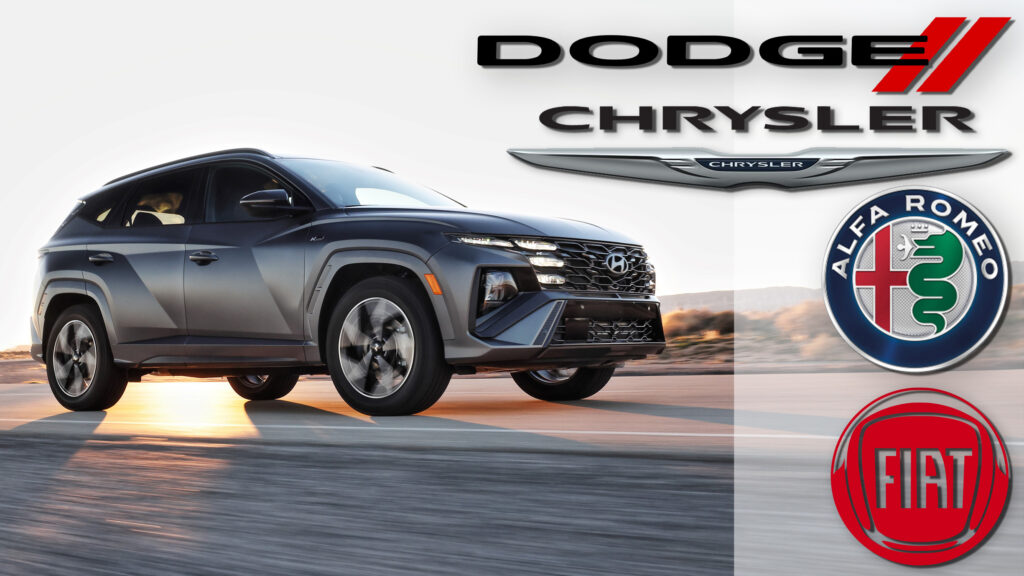- Hyundai sold 53,801 Tucsons in Q3 while the four Stellantis brands managed just 51,406.
- Chrysler’s Q3 sales fell to 22,482 units, a steep 47 percent decline compared to last year.
- Stellantis’ ongoing sales decline highlights deeper issues, fueling growing concerns about its future.
If Hyundai was disappointed by the five percent drop in Tucson sales this year, one can only imagine what Stellantis executives are feeling right now. To put their situation in perspective: in Q3 alone, Hyundai shifted 53,801 Tucson units, a number that exceeds the combined sales of Stellantis’ Fiat, Alfa Romeo, Dodge, and Chrysler brands, which managed just 51,406 vehicles in the same period.
While the Tucson’s year-to-date sales have dipped five percent, the third quarter brought a slight reprieve with a two percent uptick compared to the same time last year. Modest as that may be, Stellantis would undoubtedly welcome any positive movement in sales from its struggling Dodge, Chrysler, Alfa Romeo, or Fiat brands.
More: Even The Discontinued Camaro Outsold The Alfa Romeo Giulia In Q3
Fiat’s performance during the quarter was especially bleak, with the brand barely moving 100 cars per month, totaling just 316 vehicles sold over three months. Alfa Romeo fared slightly better, shifting 2,049 vehicles in the same period, though these numbers are far from impressive.
We’ve touched on this under-performance before, but it’s worth reiterating: even the Chevrolet Camaro, which has been out of production since January 2024, managed to outsell the Alfa Romeo Giulia in Q3. That fact alone speaks volumes about the challenges facing Stellantis.
What feels far more surprising is just how far behind larger brands like Chrysler are from, not just Hyundai, but even a single popular model like the Tucson. It sold just 22,482 cars during the third quarter, 47 percent fewer than it did during the same three months in 2023.
To give Chrysler some credit, it only has two models currently in production—the now-discontinued 300 and the Pacifica minivan. With the Voyager returning later this year, the lineup will still remain thin, with just a single model available, even if it’s sold under two different names.
FCA US Sales
Similarly, Dodge moved 26,559 vehicles in the third quarter, which marks a 43 percent decline compared to the previous year. This drop is mostly due to the discontinuation of the Charger and Challenger, but it also points to questionable planning on Stellantis’ part. With no immediate replacements for these popular models, Dodge is left with a gaping hole in its product lineup, and sales are taking a hit as a result.
Perhaps all of these figures provide some insight into why there are increasing rumors that Stellantis might be on the lookout for a new CEO to replace Carlos Tavares. It could also be an indication of why so many high-level executives have jumped ship in recent months. Whether the problem is at the top or somewhere in the middle, there’s no question that Stellantis has a lot of work to do to get back to previous sales figures.





